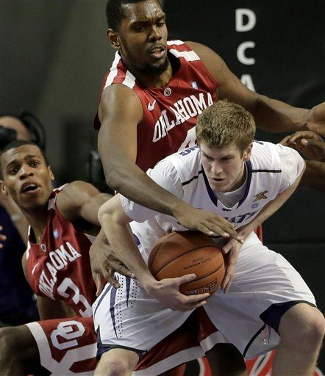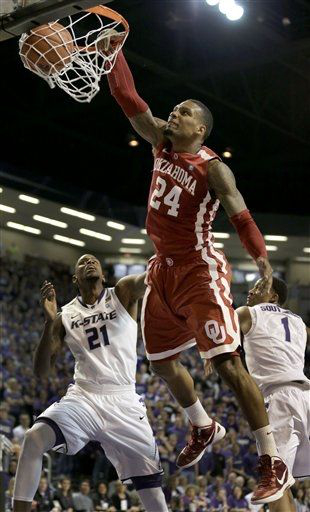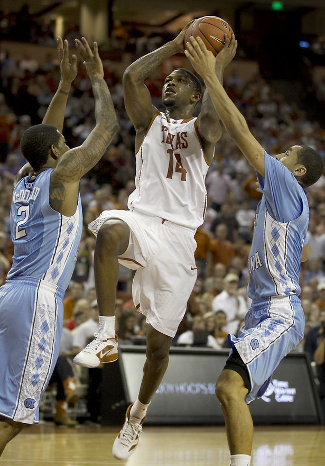Texas Longhorns (8-9 overall, 0-4 Big 12) at Oklahoma Sooners (12-4, 3-1)
Lloyd Noble Center | Norman, OK | Tip: 8:30 P.M. CT | TV: ESPN
LRT Consecutive Game #238
It has been 15 years since the Texas Longhorns opened conference play with four losses, a depth which the program had never reached under Coach Rick Barnes before Saturday’s heartbreaking loss to Kansas. With little time to prepare for tonight’s road game against Oklahoma, the Horns will have to rebound quickly if they want to avoid making even more unfortunate history.
Texas has not opened conference play with five straight losses since Leon Black was at the helm in 1975-76. There were some close calls in between, with both the 1982-83 and 1983-84 squads dropping four before stopping the bleeding in their fifth game. Those reprieves were temporary, however, as the 1983-84 team ended up losing nine of its first 10 Southwest Conference games and the 1982-83 team finished 1-15 in the league.
The Longhorns showed a lot of promise in their upset bid against Kansas on Saturday, so there’s hope that they can avoid that 0-5 start tonight. Texas has now proven it has the talent to compete with anyone in the league, but these young Longhorns have to also prove that they have the moxie to actually close out their opponents.

Oklahoma’s stingy defense pesters opponents
(Photo credit: Charlie Reidel/Associated Press) 
Romero Osby is Oklahoma’s leading scorer
(Photo credit: Charlie Reidel/Associated Press) 
Texas needs Julien Lewis to knock down his open looks
(Photo credit: Rodolfo Gonzalez/Associated Press) |












on 21 Jan 2013 at 12:07 pm # Michael Gibbs
Hook’em